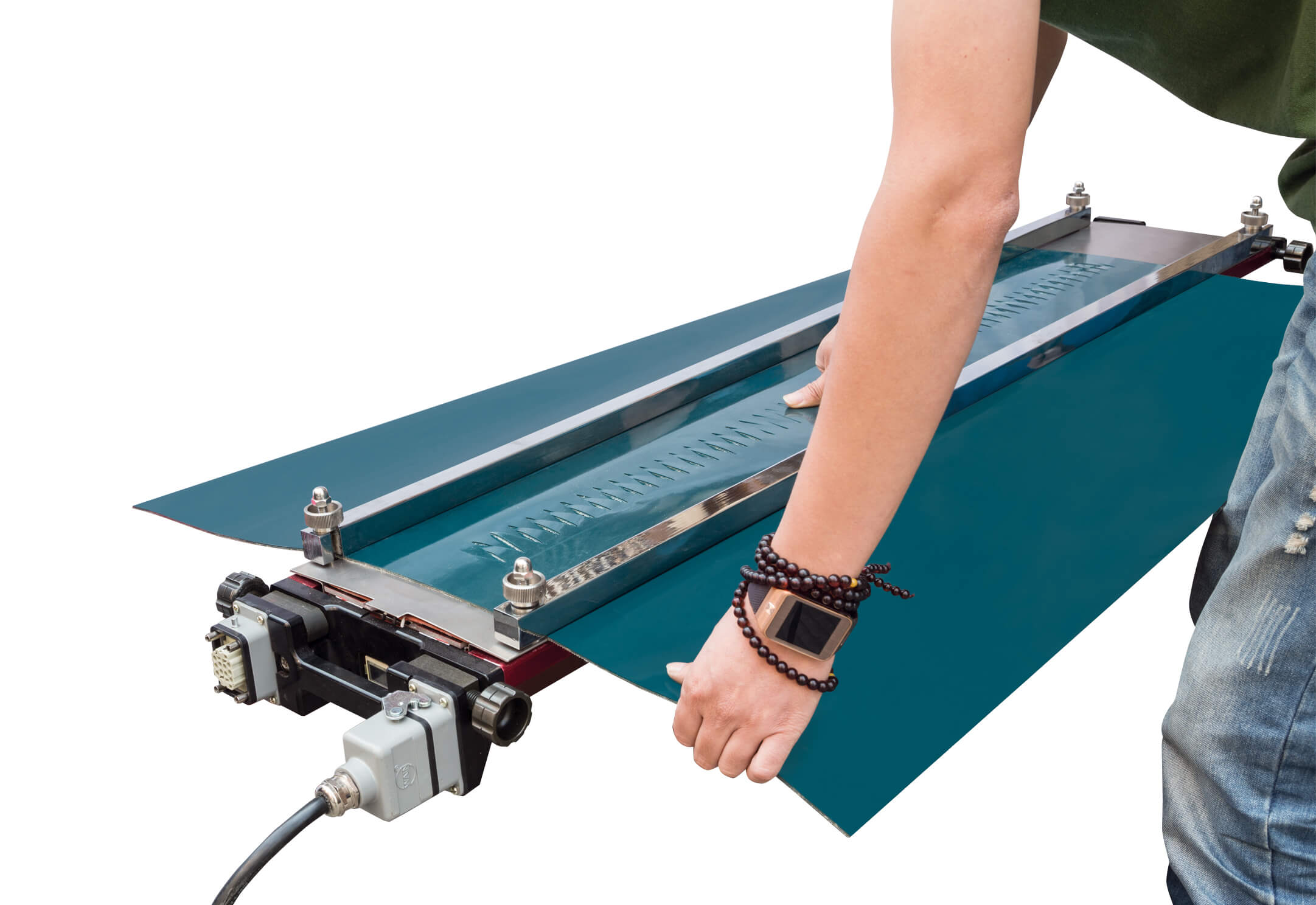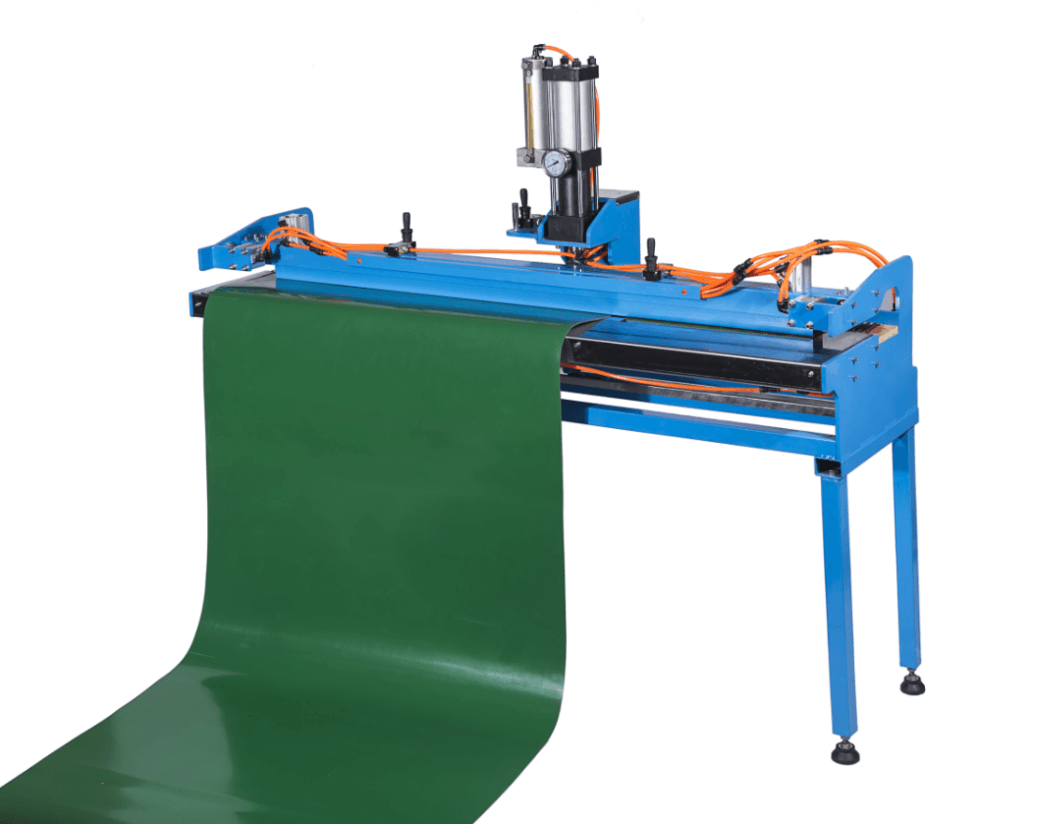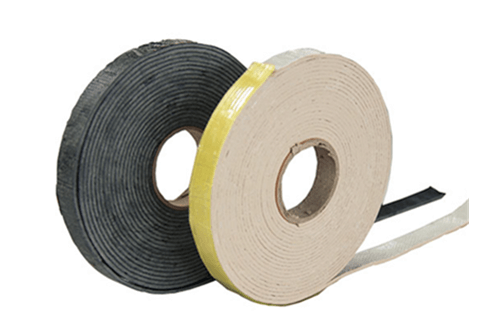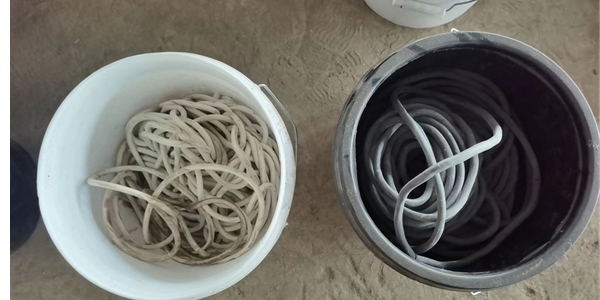You may have seen an advertisement for a splicer, which looks like the one you are using now. But just like the “brand-name” headphones you ordered from social media ads that broke in less than a week, it’s like you bought a good-quality and inexpensive sweater, but one hand is better than the other. As long as three inches, these offers are really great and unbelievable.
So, what can you do to make sure you don’t make the same mistakes when buying a splicing press? Ask yourself (and the seller) a few questions:
1. Is this splicing machine made by a company with a good service history and experience?
Some companies have existed for more than 100 years for a reason, because customers have good experience with them and trust them. Imitators know this well, so they often try to associate their names with these great companies. Our suggestion? If the seller is not an authorized dealer, please run. If you are really not sure whether the editing publisher you are looking for online is connected to a reputable company, please call their customer service hotline. Sales representatives can always tell you if the seller is an authorized dealer, if they are not, they can contact a real dealer.

2. What kind of tests are performed to ensure that the splicing press completes the work safely and efficiently?
The press has electrical and pneumatic systems, and if they involve low-quality processes and components, both systems may be dangerous. If you don’t know that a printing machine has at least undergone the following tests, don’t consider buying it: cycle endurance, destructive, dynamic and strength tests. If they introduce third-party compliance companies to ensure that the design of their products meets safety standards, this should be another advantage for them. You can find this information by talking to your local dealer or customer service representative.
3. Does the manufacturer provide after-sales training and support?
Some splicing presses are intuitive and easy to use, while some are not. In any case, getting support after the sale is the key. If the distributor or manufacturer is willing to come to your location to train your maintenance personnel on general joints, as well as best practices, this is a sign that they support their products. Also, ask them how to deal with repairs and updates. Reputable companies track every part of their products so that updates and repairs are easy and take the least time. For repairs, the printing press will stop operating for a period of time, and the loaned printing press should be provided.
4. What kind of literature do they provide to help you grasp the use of media after sales?
A quick glance at the company’s website can answer these questions. Take a look at the instructions to see if these instructions are easy to follow. Viewing any operation video will give you an internal look at how to operate the press. Look for customer success stories that explain how the media works in your environment. In the end, the performance of the printing machine is the most important thing, but if a company invests time and energy in supporting materials, it is likely to also invest time and energy in the design and function of the splicing printing machine.
If after all these questions, that similar person still arouses your interest, compare stores! Explore the characteristics and benefits of both. Which product has a larger effective hot zone? Which one has the fastest splicing? Which product has a pressed formula storage for consistent splicing? Which product provides multiple voltage options? Which product has a built-in diagnostic function, To prevent misuse of the press and possible danger to the operator?




